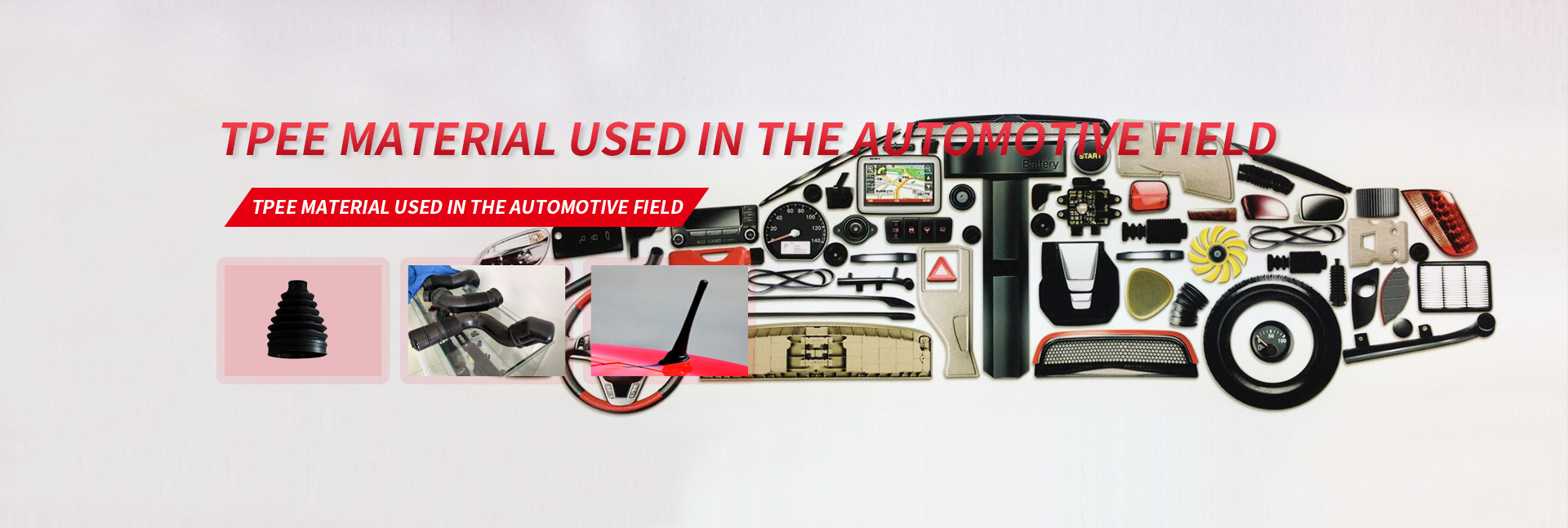Technical Support
DOWREN NEW MATERIAL (HENAN) CO.,LTD
TELL:Selina.Liu +86-0393-8993626 / +86 18137458807
ADD:150 meters north of the intersection of Zhongyuan Road and Pushang Road, Puyang City,Henan Province
EMAIL:dowren@dowren.com

Wechat ID





